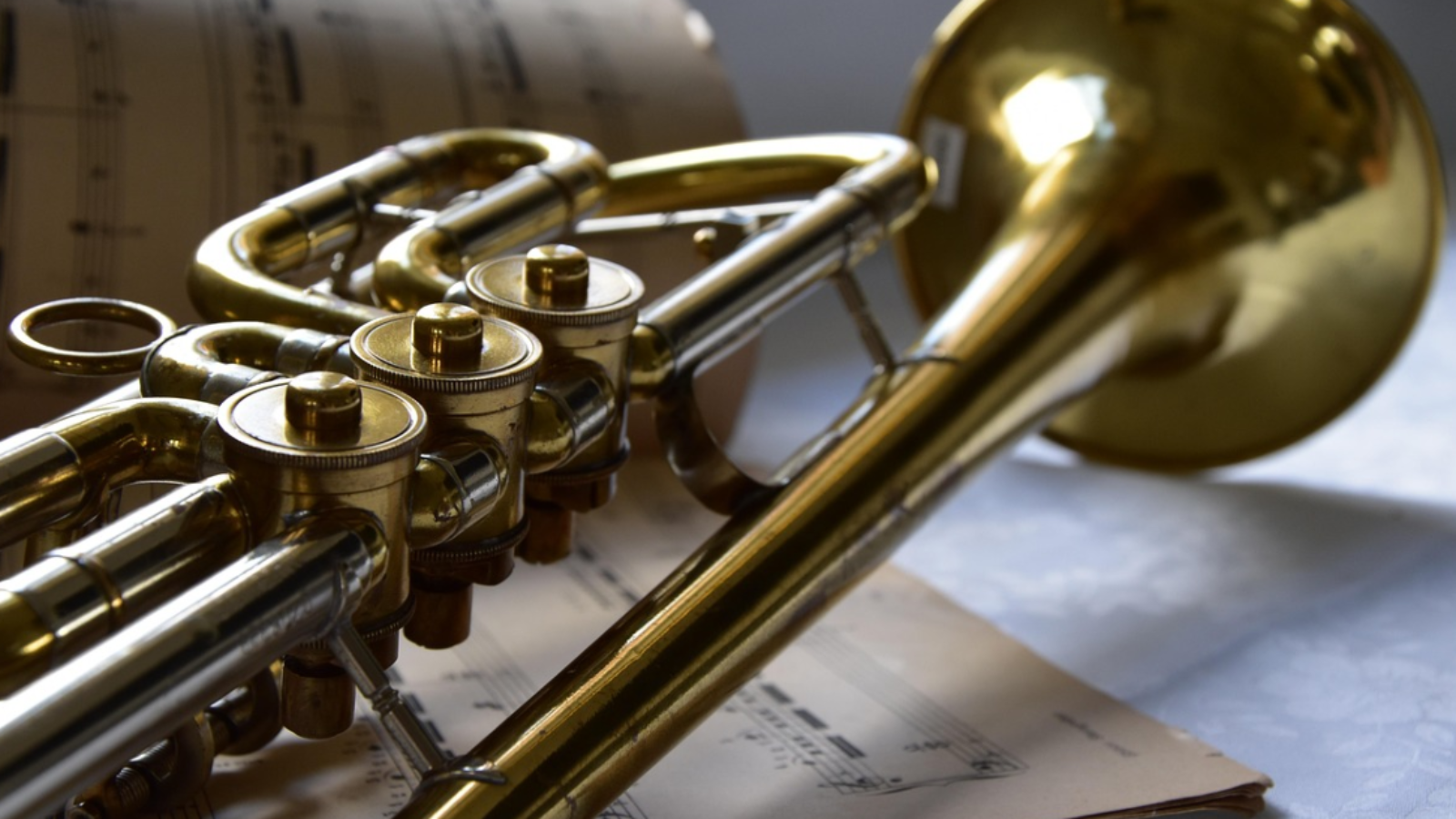How to Choose the Right Wind Instrument for School Performances

Choosing a musical instrument for school performances can be exciting but also a bit overwhelming, especially when it comes to wind instruments. Whether your child is just starting in their school band or you’re helping a young student take their first musical steps, selecting the right instrument matters. Wind instruments, ranging from flutes to trumpets and clarinets, offer a variety of tonal colors and playing experiences. In this detailed guide, we will walk you through how to choose the right wind instrument for school performances by understanding the basics, evaluating physical and musical compatibility, and knowing what to look for in a beginner-friendly instrument.
1. Understanding Wind Instruments
Wind instruments are divided into two main categories: woodwind and brass. Woodwind instruments, such as flutes, clarinets, and saxophones, produce sound when air is blown through them and often use reeds. Brass instruments like trumpets, trombones, and tubas produce sound through lip vibrations against a mouthpiece.
Each of these instruments has a unique role in school bands, contributing to harmony, rhythm, and melodic lines. Understanding their differences is the first step toward making a good choice.
2. Evaluate Age and Physical Compatibility
Not every wind instrument is ideal for every student. Some instruments require larger lung capacity or specific hand sizes. For example:
- Flute – Lightweight and great for younger students with small hands.
- Clarinet – A bit more complex due to its keys but a solid starter woodwind.
- Alto Saxophone – Slightly heavier, better suited for middle school and above.
- Trumpet – Common for school bands, requires decent lung power and lip control.
- Trombone – Needs arm reach for slide positions, often better for older kids.
Always consider how comfortably the student can hold and play the instrument. Trying out a few before committing is a great idea.
3. Choosing Based on Musical Interests
Music is more engaging when it aligns with the player’s interest. Ask the student what type of music they enjoy.
- If they love jazz, saxophone or trumpet might be appealing.
- If they prefer classical, flute or clarinet is a fantastic choice.
- For marching bands, choose instruments that are lightweight and mobile.
Aligning personal taste with instrument tone can increase motivation and long-term commitment.
4. School Band Requirements
Every school has specific instrument needs based on the band’s composition. It’s important to consult the music teacher before purchasing or renting an instrument.
- Some bands may lack enough brass players or need more woodwind support.
- Your child’s selection might depend on what roles need to be filled.
This practical aspect ensures the student gets opportunities to perform.
5. Try Before You Buy
Most music stores offer trial programs where students can rent an instrument before committing to a purchase. This option is great for:
- Understanding comfort and ease of play
- Deciding if the student enjoys that particular sound
- Avoiding costly investments in instruments they won’t use long-term
You can also rent-to-own, which lets you gradually pay while having the flexibility to return or upgrade.
6. Starter Kits and Accessories
A beginner’s wind instrument should come with basic accessories such as:
- Cleaning cloths or rods
- Reeds (for woodwinds)
- Carrying case
- Maintenance oil or grease
Having the right accessories ensures better sound quality and longer instrument life. It also encourages responsible habits in young musicians.
7. Consider Budget and Brands
Budget is always a factor, especially when buying for beginners. Avoid ultra-cheap instruments that can cause more frustration than fun.
Recommended student-friendly brands include:
- Yamaha
- Jupiter
- Jean Paul
- Conn-Selmer
- Gemeinhardt (especially for flutes)
Entry-level models from these brands strike a good balance between quality and affordability.
8. New vs. Used Instruments
Used instruments can offer excellent value if bought from a reliable source. Look for:
- No major dents or cracks
- Functional keys and valves
- Clean mouthpiece
- Recent servicing history
Buying from a certified music store or renting from a school program ensures better quality than buying blindly online.
9. Instructor Recommendations
A music teacher or private tutor can give invaluable advice tailored to the student’s needs. They may recommend specific models, brands, or even have connections for better pricing.
Also, teachers know the student’s playing style, strengths, and areas for improvement—making them the perfect guide.
10. Practice Makes Perfect
The best instrument is the one a student will practice with consistently. Choose a wind instrument that inspires them. Here’s what helps:
- Easy to learn fingering
- Comfortable embouchure
- Quick progress for beginners
Some instruments like flute and trumpet are simpler to produce sound initially, while others like oboe may have a steeper learning curve.
11. Long-Term Potential
While buying an instrument for school use, think beyond a single academic year. Consider instruments that offer growth and opportunities such as:
- Participation in state-level competitions
- Jazz bands, orchestras, or youth ensembles
- Scholarships and music programs in higher studies
Instruments like clarinet, flute, and trumpet can transition well from beginner to advanced levels without needing immediate upgrades.
12. Motivational Factors
Let your child explore online videos of students their age playing different instruments. This exposure helps them visualize themselves performing and creates excitement around learning.
- YouTube tutorials
- Band performance videos
- Instrument comparison vlogs
Seeing other students excel can be a big confidence booster.
13. Instrument Maintenance Basics
Each wind instrument has different care requirements:
- Flutes and Clarinets: Daily cleaning to remove moisture and protect pads
- Trumpets and Trombones: Regular oiling and greasing to maintain valve action
- Saxophones: Swabbing out after every use to protect the reed and body
Teaching maintenance early helps in keeping the instrument performance-ready and long-lasting.
14. Peer Influence and Social Aspects
Sometimes kids choose instruments based on what their friends are playing. While it’s important for them to enjoy band with their peers, make sure the choice also suits their unique aptitude.
That said, playing similar instruments can also help with shared learning and practice.
15. Switching Instruments Later
It’s not unusual for students to switch instruments after their first year. If your child finds a better fit elsewhere, support the switch rather than forcing them to continue. Skills from one wind instrument often transfer to another.
For example:
- Flute players can easily transition to piccolo
- Clarinet players often switch to saxophone or bass clarinet
- Trumpet players might try baritone or French horn
Flexibility can make the musical journey more enjoyable.
Conclusion
Choosing the right wind instrument for school performances doesn’t have to be a daunting task. By understanding the different types of wind instruments, assessing your child’s physical readiness, considering musical interests, and factoring in teacher guidance and school band requirements, you can confidently help them start their musical journey. Always prioritize comfort, quality, and joy—because the best instrument is the one they’ll love to play. With the right support and equipment, your young performer will be well on their way to making magical music in school and beyond.
At NMS Musicals, we offer a comprehensive range of musical instruments, including percussion, string, wind, and keyboard instruments. Our services encompass sales, expert servicing, and the manufacture of leather instruments. Explore our diverse collection and find the perfect instrument to suit your musical needs.
Visit our website to browse our offerings: nmsmusicals.in
For a closer look at our products, check out our shop page: nmsmusicals.in/shop
Stay connected with us through our social media channels:
- Facebook: https://www.facebook.com/nmsmusicalinstruments/
- Instagram: https://www.instagram.com/nmsmusicals/?hl=en
- YouTube: youtube.com/@nmsmusicals
Our shop locations are:
- Puducherry: 149, Perumal Koil Street, Heritage Town, Puducherry, 605001.
Map Link: https://maps.app.goo.gl/ejDwBBFEJmd3szxk7 - Chennai: No: 1, 1st Floor, Kandigai Street, TVS Nagar, Korattur, Chennai – 600076.
Map Link: https://maps.app.goo.gl/7oXmB6X7KQsqeuuw9
For inquiries, contact/Whatsapp us at 9500663895 or email us at laxman.m89@gmail.com.
Discover the world of musical instruments with NMS Musicals today!
For a visual overview of our percussion instruments, watch the following video:


 Cart is empty
Cart is empty 
Leave A Comment
You must be logged in to post a comment